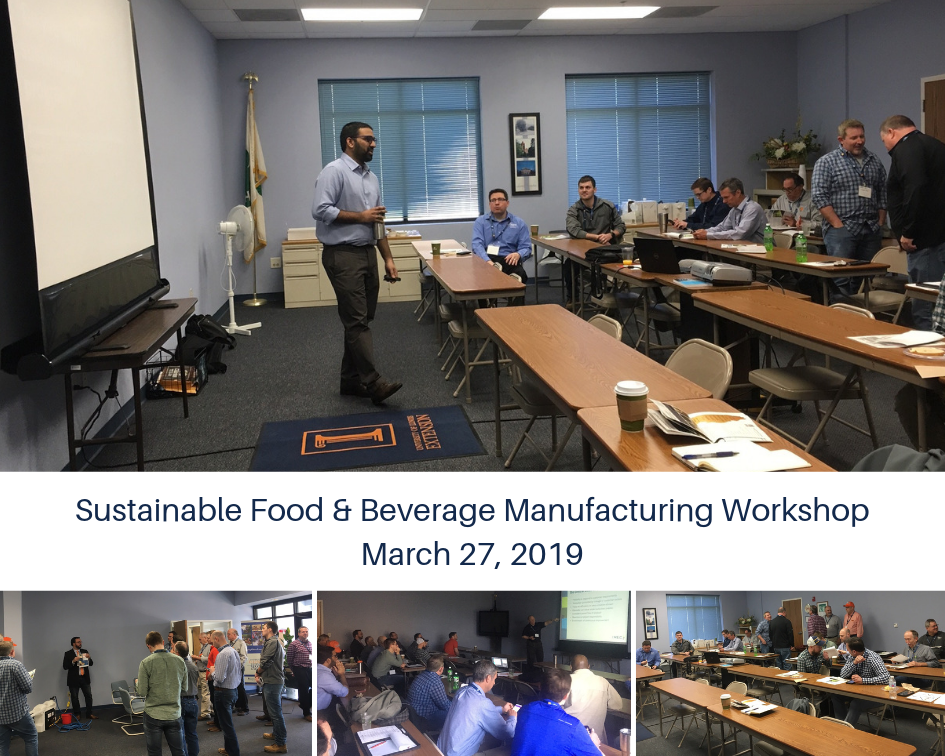ISTC’s latest case study features 2017 Illinois Sustainability Award winner Hilton Chicago. The hotel, built in 1927 as the Stevens Hotel, was originally the largest hotel in the world. Now with over 1,544 guest rooms and over 1,000 Team Members, it remains one of the largest hotels in Illinois. The hotel has a long history in Chicago, holding a variety of major events and hosting visits from every past U.S. President since Calvin Coolidge. In 2015, over 1.6 million guests came through the doors of Hilton Chicago.
The hotel provides service to individuals and large groups who consume a wide variety of products and a great amount of energy. In addition to guest rooms, the hotel currently has 235,000 square feet of meeting space, three ballrooms, and 100,000 square feet of exhibition space.
Hilton Chicago uses a wide variety of sustainable practices to manage the 90-year old property. They include:
- A food composting program, which began in 2010, that sends food scraps from guest plates, buffets, and kitchen prep to a commercial composting service;
- A hotel-wide recycling program for paper, plastic, and aluminum. The hotel also furnishes recycling bags for use in guest rooms that are labeled with acceptable and non-acceptable items. The practice was shared with other Hilton properties and is now used by the Palmer House, the Drake, and the San Diego Hilton;
- A glass recycling program that separates glass from co-mingled materials and is sent to a glass recycler monthly. They also recycle electronic waste, bulbs and batteries, ink jet and toner cartridges, and cardboard.
- Installing LED light bulbs and fixtures in all meeting spaces and guest rooms.
- Installing new water conserving fixtures in guest rooms. These include new faucet aerators in bathroom sinks, low flow shower heads, and toilet
flushometers. - After completing guest room renovations, the hotel donated all of the furniture from over 600 guest rooms, rather than sell the unneeded furniture to a liquidation company. The furniture went to a local organization called Catholic Charities, which focuses on providing food, clothing, shelter, and counseling to Chicago residents in need. The charity’s St. Leo Campus for Veterans, which received the bulk of the donation, offers 141 single-room occupancy apartments for veterans that were formerly homeless and now work with a case manager to become self-sufficient. The remaining furniture went to 52 additional housing sites.
Hilton Chicago’s actions have resulted in:
- 265 tons material diverted from landfills
- 5.8 million gallons of water conserved annually
- 600 hotel rooms of furniture and artwork donated



